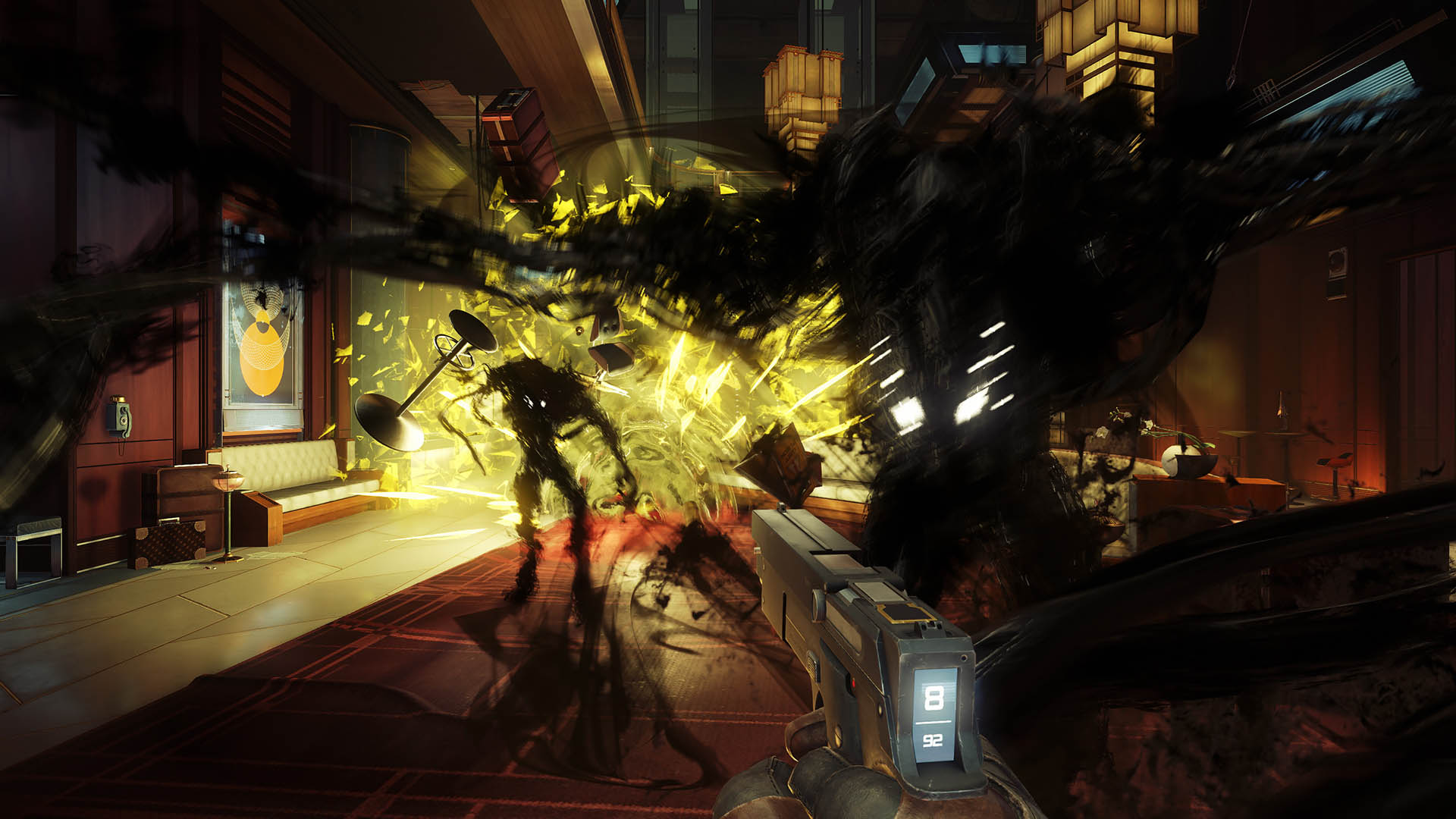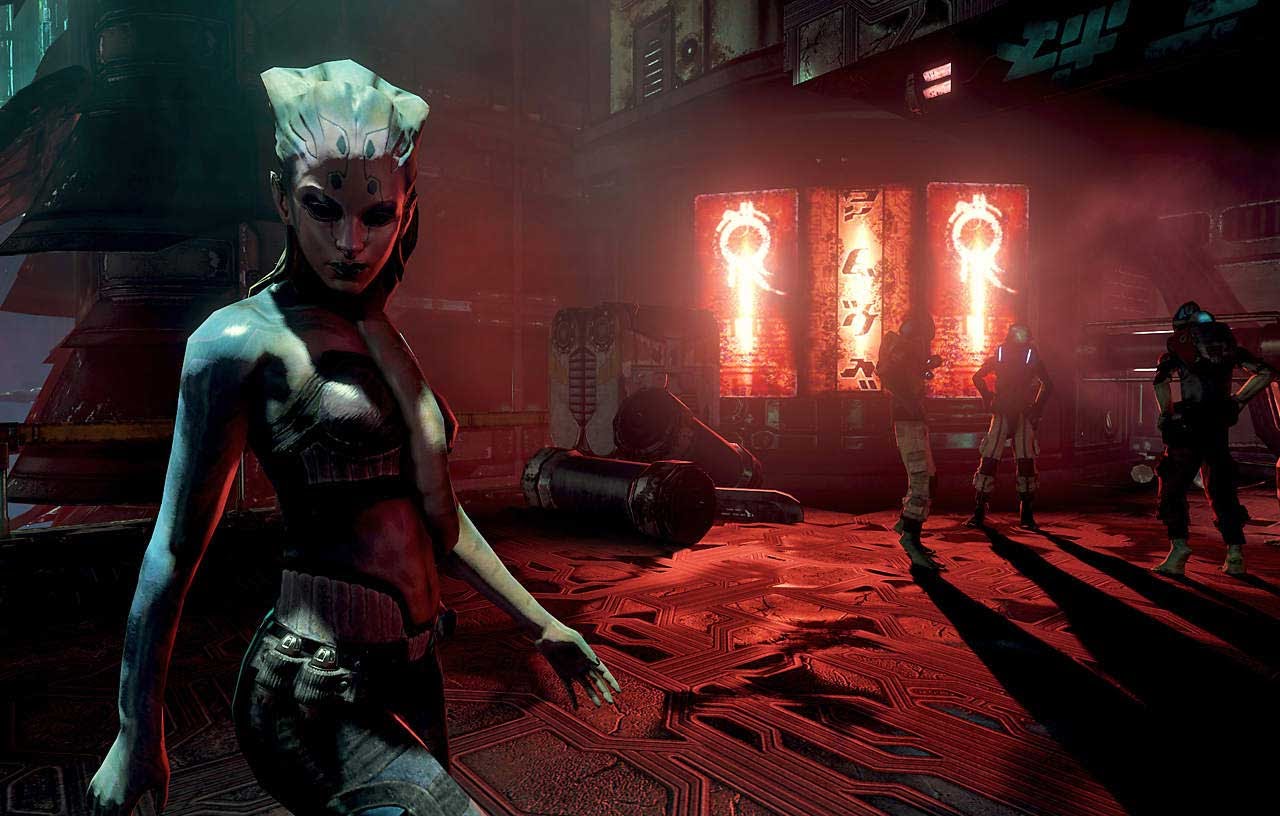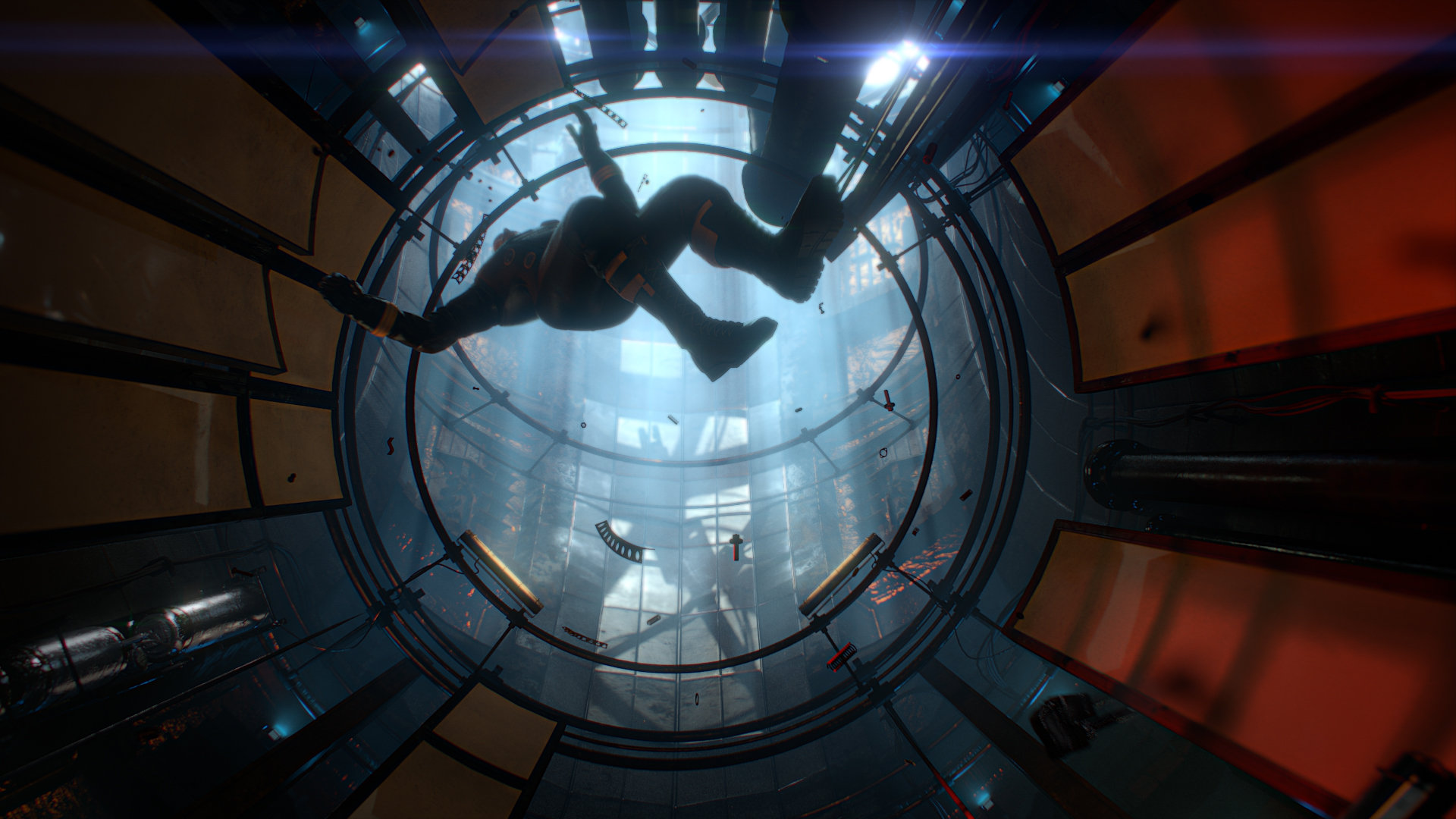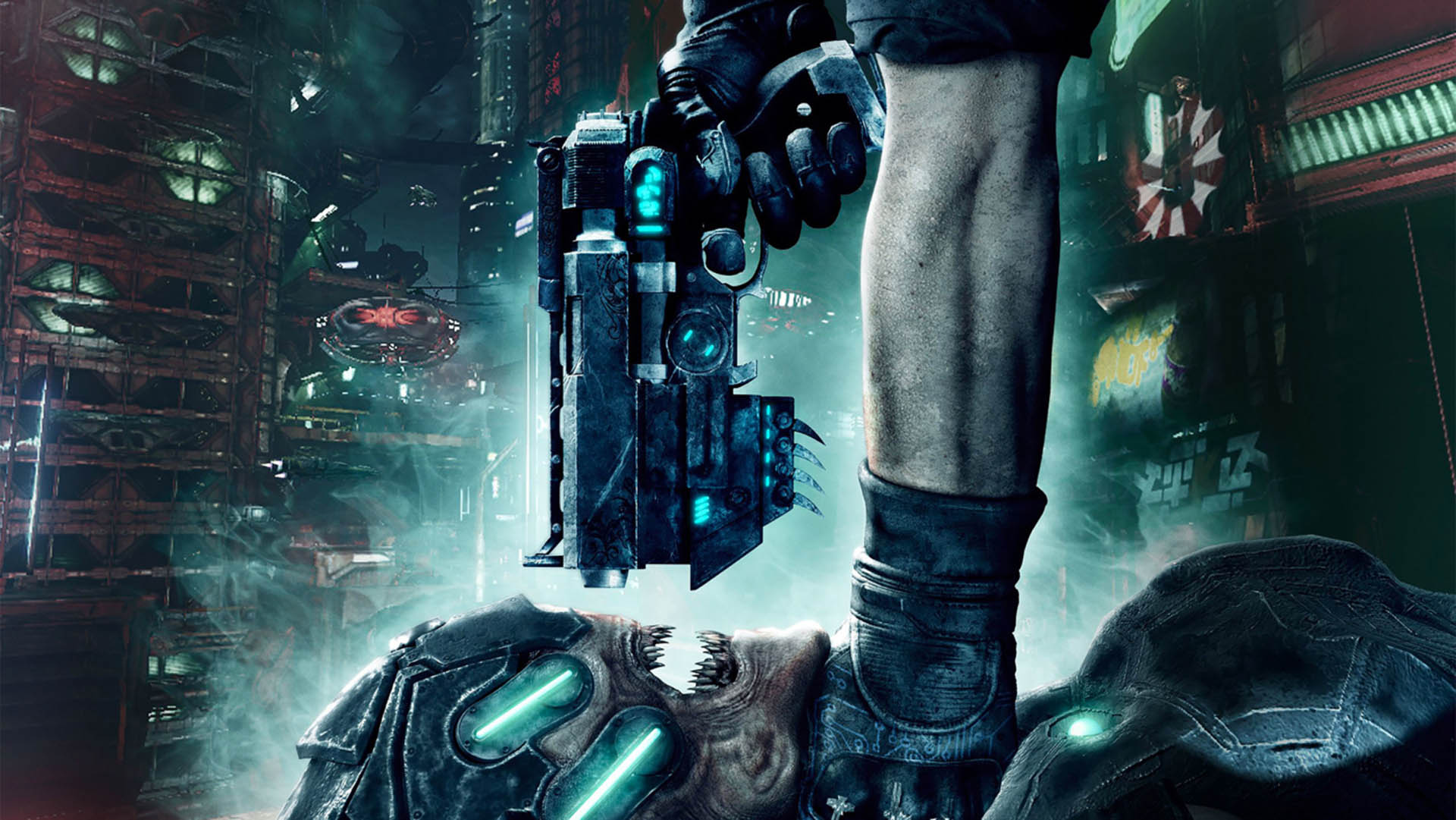Uncover the truth and survive. These are the two tenets that hold together Prey, a first-person supernatural science-fiction thriller by the creators of Dishonored.
The game is set on the space station Talos I, you soon discover, is plagued with a deadly alien lifeform known as the Typhon.
It is difficult to talk too much about Prey’s story without ruining anything. It is a story primarily about uncovering the truth. The less you know, the more you will enjoy the story’s gripping rollercoaster ride. It is one of the few games where I felt compelled to finish the game just to find out what happens. The ending turns out to be every bit as satisfying as I wanted it to be and left me yearning for more.

This setting and concept unmistakably bears similarity to the Alien franchise, particularly the game Alien: Isolation. Unlike Alien: Isolation which has just one type of fearsome creature you must avoid, Prey has a many.
The Typhon look and behave like something out of a nightmare. There are several different types, each with their own frightening look and abilities. The Mimic for instance is a small spider-like creature who can take the form of other objects in the world, ready to jump out at you at any moment. Telepathson the other hand can take control of humans or robots minds and can shoot balls of psychic energy at you.
The visual design of each Typhon is excellent and their diversity in ability keeps combat fresh. My only issue is that despite their frightening looks, they are not too hard to take down. Never once did I find myself trying to avoid an enemy due to fear. Even when I first came up against the toughest enemy in the game, the aptly named Nightmare, I was able to take it down on my second attempt. And things only got easier from there.

As you progress through the game you begin versing harder and more enemies. The issue I found though was I felt like I was growing stronger quicker than they were. I’d wager that the vast majority of my deaths were closer to the start of the game. As I unlocked more guns, upgraded my weapons, and unlocked new abilities, enemies started seeming easier and easier. Eventually I stopped seeing them as a fearsome creature.
Part way through the game, you unlock the ability to scan the Typhon. Once you scan enough of them, you can learn their powers, at the expense of a few Neuromods. The Typhon powers adds great diversity to both combat and gameplay.

My two favourite Typhon powers were Mimic and Psycho shock. Mimic gives you the transforming capabilities of a Mimic. While it didn’t come up as often as I would like, I still enjoyed my time navigating through narrow passages as a mug. Psycho shock on the other hand is extremely useful in combat. It deals both devastating damage to a target and disables their ability to use Psi powers.
There isn’t a leveling up system per-se in the game. Instead you unlock new abilities by using Neuromods in a skill tree system. Neuromods are scattered throughout the world and eventually can even be manufactured from resources.
Outside your Typhon abilities, your arsenal primarily involves an assortment of guns and your trusty old wrench. Despite what you are thinking, the wrench proves extremely useful. It is great for smashing mimics and finishing off Phantoms. Also, unlike your shotgun and pistol, you don’t have to worry about ammo.

The most interesting of your projectile type of weapons is the GLOO cannon, which, as the name implies, shoots out a weird type of glue. Against most enemies, the glue will slow them down and eventually temporarily incapacitate them. Something that proves rather useless in a world with shotguns and futuristic beam firing devices. Instead, the GLOO cannon gets a lot of use as an exploration tool. Fire against the wall to make a blob shaped platform. While trying to vertically climb a wall this way can prove a bit awkward, it is undeniably useful.
The reason for the usefulness of the GLOO cannon in this way is because the gameplay in Prey is about exploration. Exploring is the only way you are going to find the weapons, ammo and resources you need to survive. Exploring is also essential to finding Neuromods, unlocking new areas and tap into the excellent lore and backstories in the world.
The focus on exploration as opposed to combat slows down the overall pace of the game. Exploration is a monotonous task which at times makes it feel like there isn’t enough story progress happening.

Prey has been advertised as an “open space station game”. This turns out to be a reasonably good description. Being set in the inside of a structure limits how “open” the world can be. It is a space station so the game is going to involve moving down linear corridors.
Prey tries its best to break free of this linearity inherent with this setting through the Level design. Each area is jam packed full of interconnecting pathways and optional rooms to explore. There is also a tendency for areas or rooms to be locked off, forcing you to try and discover your own way in. Typically, there isn’t just one solution, there are multiple waiting for you find them.
Despite being a mostly solitary journey, Prey does an exceptional job at bringing the lives of those abroad Talos I to life. It does this through emails, voice recording, books and notes you find along your journey which offers a fascinating glimpse into the world, personal lives and recent activities of the occupants. Despite having never met many of the people, I still felt like I knew them.

Another part of Prey that deserves an honourable mention is the music, or more specifically its use of music. If nightmarish alien creatures that can pop out at any moment isn’t heart racing enough, the game utilises a range of beautifully composed thriller type music that plays at opportune moments.
With Prey, Arkane Studios have shown they are more than a one trick pony. The superb combat mechanics is surpassed by the engrossing story which will keep you hooked until the end. The exploration focus slows the game down which may make it a bit too tedious if you’re looking for an intense action filled hit.
Prey is what the name implies, a game of cat and mouse, though sadly with the wavering difficulty, more so the cat. I was still taken by the mechanics and story and would gladly recommend this dark thriller.

Released: May 2017
Rating: R18
Platforms: PlayStation 4, Xbox One
Genre: FPS, Thriller, SciFi
Developer: Arkane Studios
Publisher: Bethesda</p

